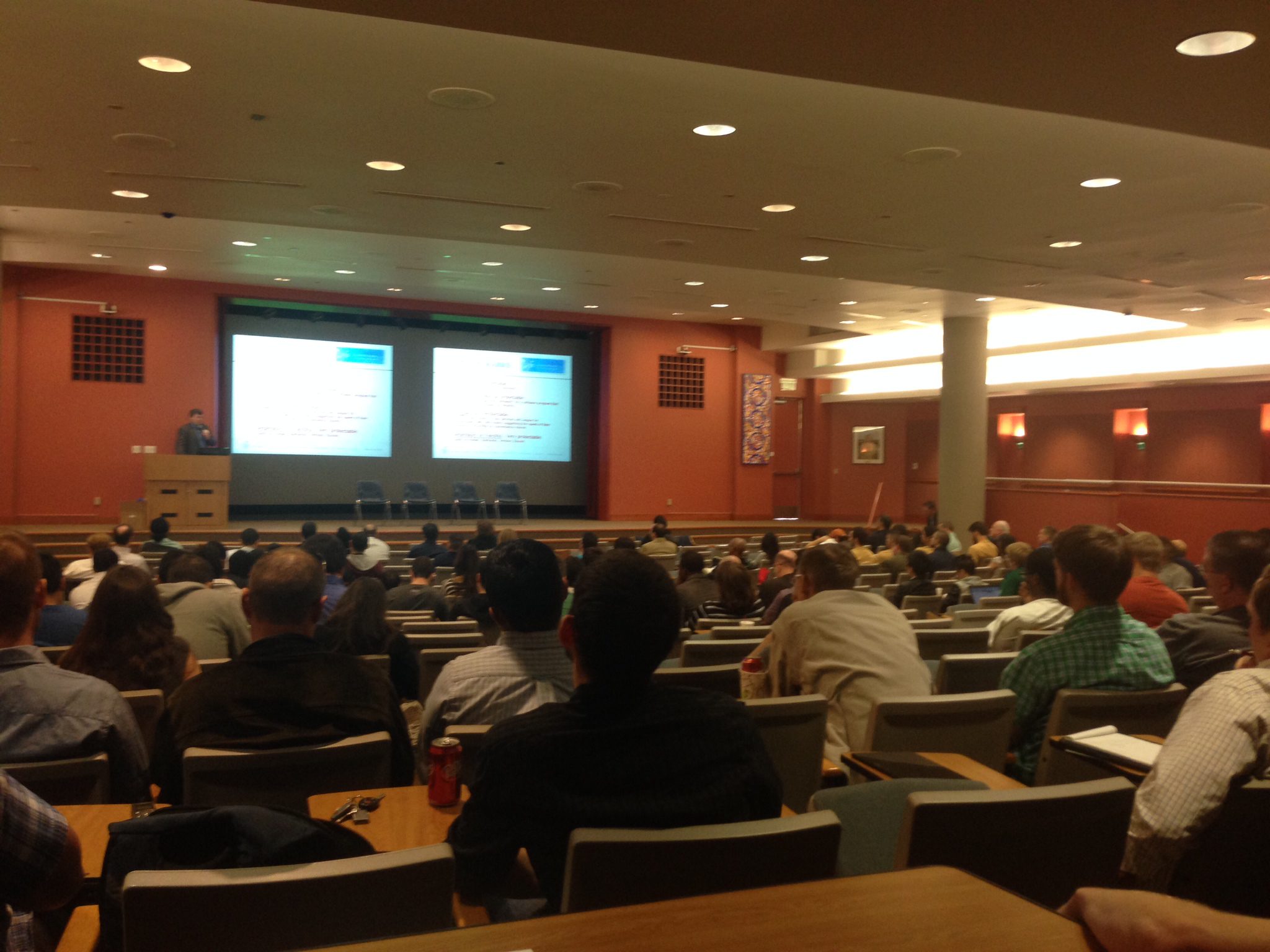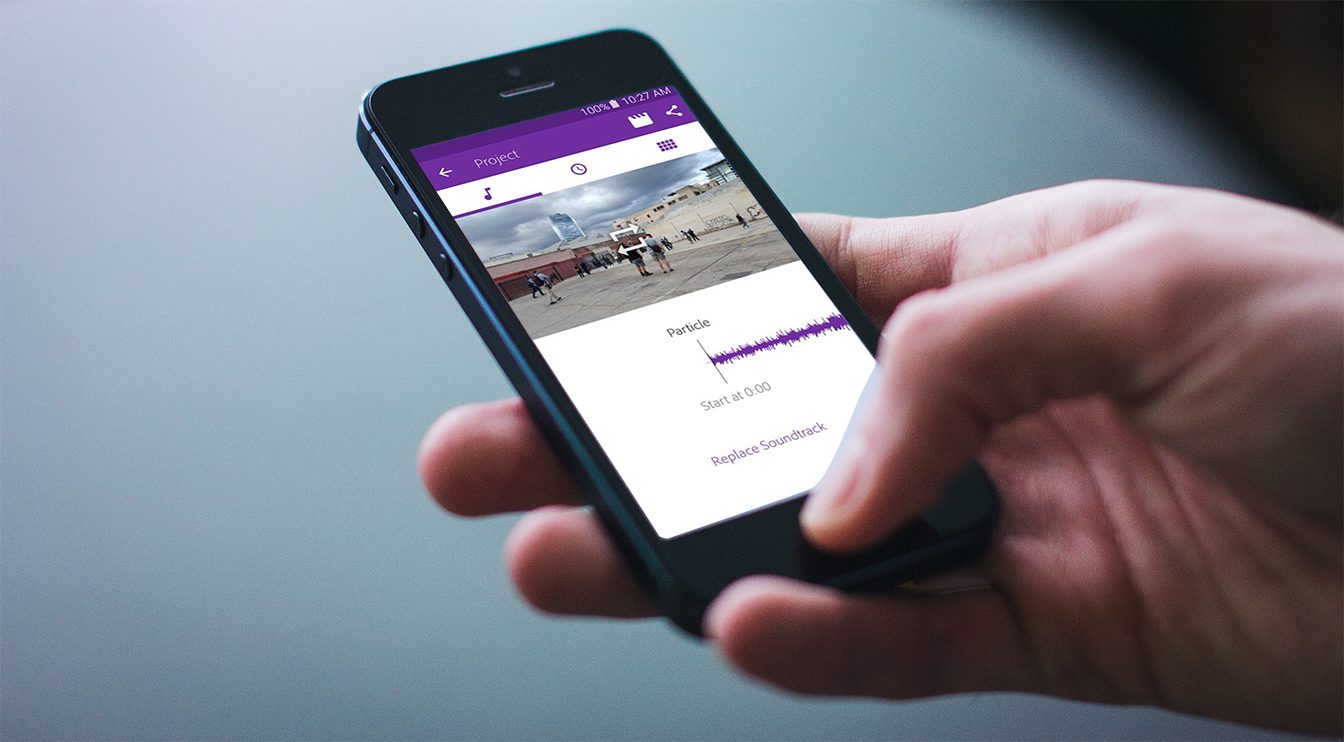This past weekend I had an opportunity to speak to about 200 engineering and marketing students from the UTSA CITE Boot Camp Program (Center for Innovation and Technology Entrepreneurship) which is a day-long seminar for students to soak up as much information as possible to help them with their competition. Essentially, the engineering students are tasked with designing and building a product, and the marketing students are tasked with figuring out how to market and sell the product. According to Dr. Corey Hallum, the Executive Director of the CITE program at UTSA, “we’re kind of like a feeder for organizations like Geekdom“, which helps incubate startups and entrepreneurs, and even provides $25,000 in funding for those who qualify.
When I was getting my engineering degree from 1994-1998, this kind of collaboration with marketing really didn’t exist. We didn’t have all of the technology that exists today at our disposal. There were no mobile phones, the Internet was slow, there was no Facebook, and our browser/search engine was Netscape. In 1998, you couldn’t start a technology company very easily. Servers were expensive, and there was no cloud. We didn’t have Ruby on Rails or any other agile development coding language. We had C, Cobalt and Fortran. There was no CSS, AJAX or HTML5 that would make my app look beautiful and provide a fantastic user experience. There wasn’t an app store. The “super” computers we had in the engineering lab to run programs like ProEngineer would be laughed at today. There’s probably more power in an entry-level MacBook Air now.
Furthermore, there simply wasn’t a collaboration between engineering and the business school. And that’s why I love this program. It helps engineers become more realistic on feature sets, and not “over-designing” the product. It helps marketers understand their customers’ pain points, and drive engineering to build a “must have” product instead of a “nice to have”. The concept of “getting out of the building”, and any other Steve Blank-ism is ideally taught in the academic world way before you get to somewhere like Geekdom.
And so my advice to these young entrepreneurs will be similar to what I might mentor someone at a 3-Day Startup event, or even a Techstars team, and is based on my own experience in raising a small round of seed funding, failing to get the necessary traction to get to a second round, and then pivoting the business into a profitable and sustainable business:
8 Ways To Improve Your Chances of Getting Funded (a Second Time)
1. Build a working prototype, even if it’s ugly at first. Don’t show up to a meeting with a potential investor with a pitch deck and no demo. And please don’t ask them to sign an NDA. They see hundreds of deals probably just like yours, so don’t classify your idea as “special”.
2. Get the right team. The reason Pear Analytics didn’t get into the inaugural year of CapitalFactory in Austin was because I didn’t have a technical co-founder. Very few single founders get funding, and they have to really be exceptional. Investors are putting more faith in your team and your team’s history together than they are your product at seed round.
3. Build something beautiful that engages users. We had a lot of debate about this when we were building a SaaS tool in 2009-2010. Engineers want it to be functional and don’t want to waste time with making it “pretty”. In my opinion, user experience design is just as much a feature as anything else. Hire a UX designer and make your product beautiful and easy to use.
4. If you’re going freemium, treat the upgrade path like a feature. Sometimes we get so enamored in our product and usage levels that we forget that we ultimately need free users to pony up and pay. The upgrade path should not be an after-thought, but rather a well-thought out and executed strategy. Everything from the design of the path, options for upgrading and even drip campaigns throughout the trial are very effective in getting users to upgrade. Oh, and don’t be afraid to pick up the phone and call them.
5. Spend a lot of time on product-customer fit. After you secure your seed round of funding, the pressure is on. No time to relax now. You need to as quickly as possible describe your customer, their usage patterns and how you are going to market and sell to more of them before you raise another dollar. Chances are, your product is not ubiquitous, but serves a very specific market segment. Find out what that is and exploit it. You may end up pivoting, or changing your feature roadmap as a way to create your niche. By the way, if you want to get rich, find a niche.
6. Stop chasing investor dollars. As my friend Paul Singh said on his blog, if you want to raise money from him, you need to focus on building a great product (and traction) and the money will (should) come. I see a lot of entrepreneurs spending a lot of their time pitching investors, and less time evangelizing.
7. Marketing is not an after-thought. I see newly seeded companies put 95% of their capital into the development and engineering of the product, but little or no money in marketing. This is unbalanced. Spending all of your time building the “perfect” product that nobody knows about is not going to get you to your next round of funding. I’ve seen (and experienced) companies who put significant money in the marketing engine even though their product wasn’t that great, or even fully-baked. But their traction turned into paying customers, which they then parlayed into strengthening the product (not the other way around). Don’t believe me? One word: Hubspot.
8. Get to profitability as quickly as possible. Once you’ve secured your funding, the first thing you want to do is order stickers, t-shirts and your passes for SXSW. Fine. But at least do yourself the favor of planning how you will spend that money, develop your “runway” model and see what it will take to get to profitability as soon as you can. Find out how many customers at $X you need to get there. Offer stock options to keep your salaries low. And if you’re going to blow $20K at SXSW, spend 8 weeks prior to the event planning who you need to meet, sending out emails, etc. – don’t just show up unannounced.
















